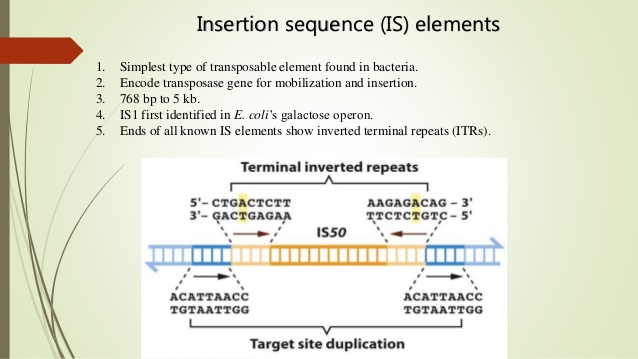
Transposition requires three DNA sites on the transposon: two at each end of the transposon called terminal inverted repeats and one at the target site. The system requires a transposase enzyme that catalyzes the movement of the DNA from its current location in the genome and inserts it in a new location. Traditionally, DNA transposons move around in the genome by a cut and paste method. "Cut and Paste" transposable element mechanism of excision and insertion into target site. Therefore, the elements found in the human genome are called fossils. Today, there are no active DNA transposons in the human genome. Class II TEs make up about 3% of the human genome. As newly inserted DNA into active coding sequences, they can disrupt normal protein functions and cause mutations. ĭNA transposons are a cause of gene expression alterations. These three main classes are then further broken down into 23 different superfamilies characterized by their structure, sequence, and mechanism of action. Since DNA transposons cannot synthesize DNA, they replicate using the host replication machinery. These distinct mechanisms of movement allow them to move around the genome of an organism. There are three main classifications for movement for DNA transposons: "cut and paste," " rolling circle" (Helitrons), and "self-synthesizing" (Polintons).

Autonomous ones can move on their own, while nonautonomous ones require the presence of another transposable element's gene, transposase, to move. With regard to movement, DNA transposons can be categorized as autonomous and nonautonomous. It is important to note that DNA transposons do not randomly insert themselves into the genome, but rather show preference for specific sites. After replicating and propagating in a host, all transposon copies become inactivated and are lost unless the transposon passes to a genome by starting a new life cycle with horizontal transfer.

In prokaryotes, TE's can facilitate the horizontal transfer of antibiotic resistance or other genes associated with virulence. They can make up a significant portion of an organism's genome, particularly in eukaryotes. DNA transposons have been found in both prokaryotic and eukaryotic organisms. DNA transposons can move in the DNA of an organism via a single-or double-stranded DNA intermediate. They are class II transposable elements (TEs) that move through a DNA intermediate, as opposed to class I TEs, retrotransposons, that move through an RNA intermediate. DNA transposons are DNA sequences, sometimes referred to "jumping genes", that can move and integrate to different locations within the genome.


 0 kommentar(er)
0 kommentar(er)
